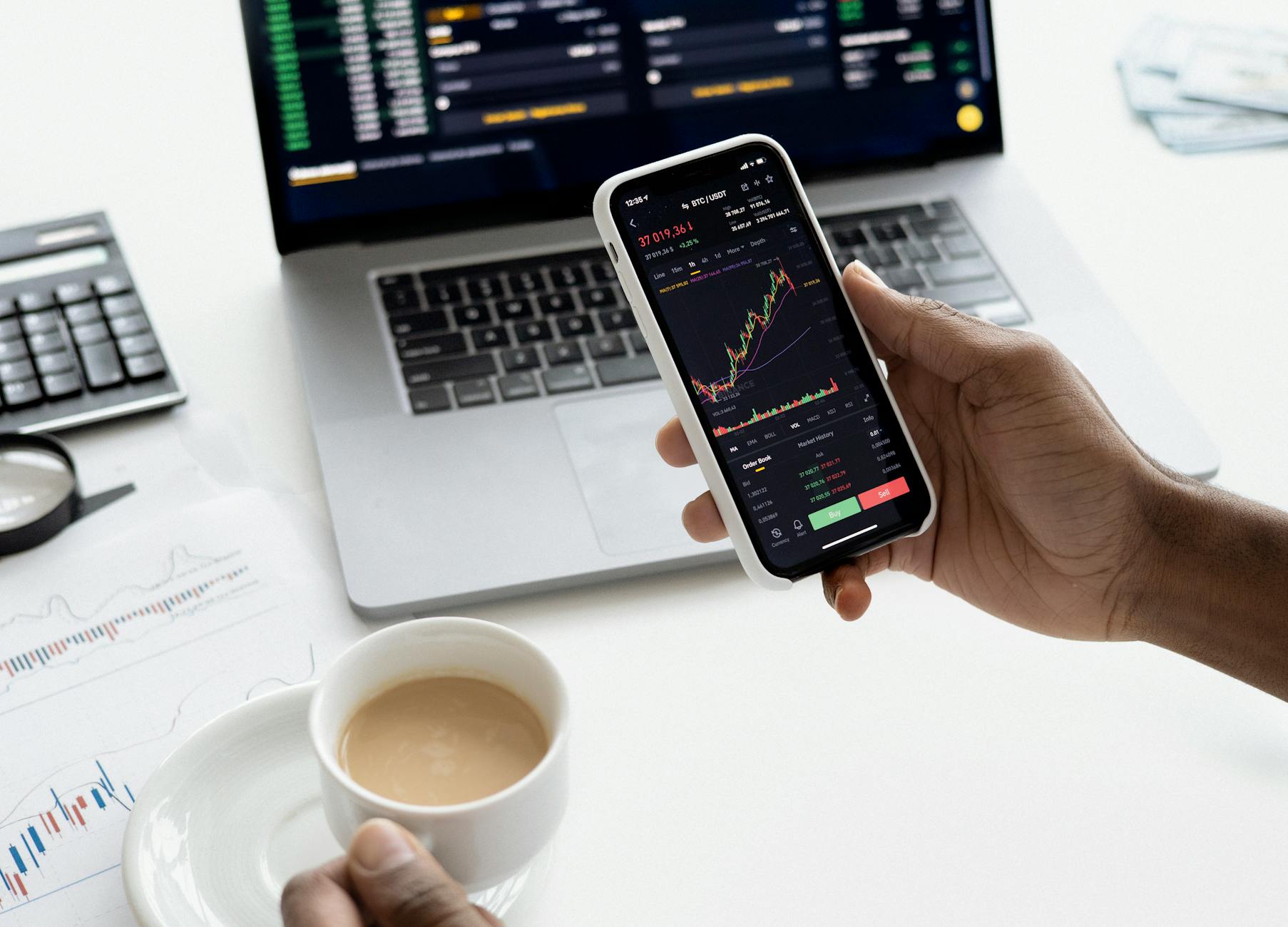Forex Risk Management

Risk management is a fundamental aspect of Forex trading that separates successful traders from those who lose money. No matter how good your strategy is, without proper risk controls, you’re vulnerable to large losses. In this article, we'll explore how risk management works and how you can implement it effectively in your trading.
What is Risk Management?
Risk management refers to the process of identifying, analyzing, and minimizing the risks associated with Forex trading. It includes measures and practices that protect your trading capital from significant losses.
Why is Risk Management Important?
- Preservation of capital: The main goal is to ensure you can continue trading over the long term.
- Reduces emotional decision-making: Having a plan in place helps reduce stress and emotional reactions.
- Improves consistency: Traders with solid risk practices are more likely to achieve consistent results.
Key Risk Management Techniques
1. Position Sizing
This refers to deciding how much of your capital to risk on a single trade. Most traders risk 1–2% of their total capital per trade. For example, if you have $10,000, you might risk $100–$200 per trade.
2. Stop-Loss Orders
A stop-loss is a pre-determined price level where your trade will automatically close to prevent further losses. It's essential to place a stop-loss order with every trade.
3. Take-Profit Orders
Take-profit orders automatically close a trade once a certain profit level is reached. This locks in profits and prevents you from holding onto a trade too long.
4. Risk-to-Reward Ratio
The risk-to-reward ratio compares the expected loss of a trade to its potential gain. A typical ratio is 1:2, meaning you're willing to risk $100 to gain $200. A favorable ratio can make even a 50% win rate profitable.
5. Diversification
Avoid putting all your capital in one trade or currency pair. Spread your risk across multiple trades or pairs to reduce exposure to any single market movement.
6. Leverage Control
While leverage can increase potential profits, it also magnifies losses. Use leverage responsibly and understand the risks associated with high leverage.
7. Risk Management Tools
Utilize tools like trading journals, trade calculators, and risk management software to maintain discipline and accuracy in your trading process.
Common Risk Management Mistakes
- Not using stop-loss orders.
- Risking too much on a single trade.
- Ignoring market news and volatility.
- Revenge trading after a loss.
- Trading without a plan.
Developing Your Risk Management Plan
Every trader should have a personalized risk management plan that includes position sizing, entry/exit rules, and emotional controls. Keep your plan simple and realistic, and be willing to adjust it as your skills improve.
Conclusion
Effective risk management is key to becoming a successful Forex trader. By limiting losses and protecting your capital, you can stay in the market longer and take advantage of future opportunities. Remember, trading is not just about making money—it's about managing risk.
Disclaimer: Forex trading carries a high level of risk. This content is for educational purposes only and not investment advice.